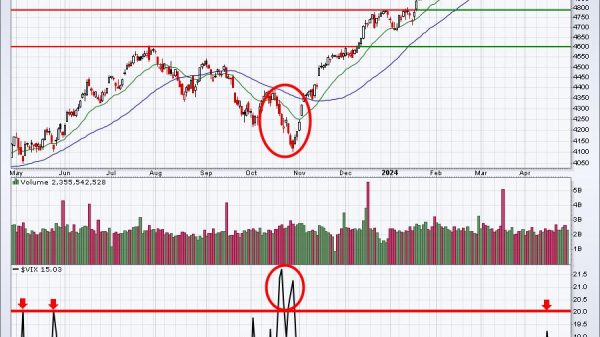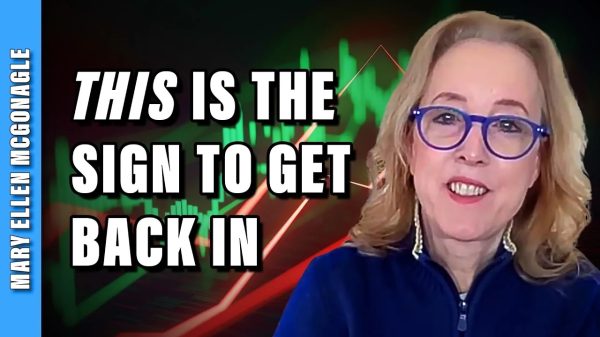
The Financial Report of the United States Government (also known as the Financial Report) raises significant concerns about the country’s long‐term financial health. Unsustainable deficits contribute to rising debt levels as spending growth outpaces revenue growth at an accelerating pace. Over the next 75 years, US taxpayers face over $73 trillion in long‐term unfunded obligations. What’s more, this unfunded obligation is entirely driven by only two federal government programs: Medicare and Social Security.
Here are key takeaways from the Financial Report (all figures are in net present value terms over the 75‐year horizon) with additional details below:
- Total unfunded obligation: $73.2 trillion.
- Medicare and Social Security are responsible for 100 percent of the unfunded obligation.
- Current policy is unsustainable as debt would exceed 500 percent of GDP by 2098.
- Closing the fiscal gap will require annual deficit reduction of 4.5 percent of GDP, assuming Congress acts immediately.
The US government’s unfunded obligation totals $73.2 trillion. The unfunded obligation is the difference between the present value of projected non‐interest spending of $433.1 trillion (see Figure 1) and the present value of total receipts of $360.0 trillion over a 75‐year period. Present value means that future cash flows have been discounted to adjust for projected interest rates. The discount rate reflects the expected rate of return taxpayers could have received over the next 75 years if they invested the 2023 value in US Treasury bonds.
Medicare and Social Security funding shortfalls comprise 100 percent of the total unfunded obligation. As shown in Figure 2 below, over the next 75 years, Medicare and Social Security’s funding shortfalls will amount to $78.3 trillion, which is $5.1 trillion more than the total unfunded obligation. This indicates a $5.1 trillion surplus in other parts of the budget, over the same projection period. In other words, under current policy, the entire US unfunded obligation is due to Medicare and Social Security spending. Certainly, if Congress chooses to increase spending, whether on defense, other health care programs, or to subsidize particular industries, as the Biden administration has been fond of doing, Congress could increase unfunded obligations from the other parts of the budget over that time horizon. Regardless, given the sheer size of the Medicare and Social Security unfunded obligation, it’s clear that legislators will make little progress on averting a fiscal crisis until they grapple with excess spending growth in old‐age benefit programs.
Debt will exceed 200 percent of GDP by 2047 and reach 531 percent of GDP by 2098. The report’s authors state the obvious, albeit in muted terms: “While this estimate of the ’75‐year fiscal gap’ is highly uncertain, it is nevertheless nearly certain that current fiscal policies cannot be sustained indefinitely.” While economists cannot predict country thresholds for when a debt‐to‐GDP ratio will trigger a fiscal crisis, Congress shouldn’t try to find out what that threshold is for the US by blasting past it. The prudent path is for Congress to correct unsustainable fiscal policies before a severe crisis forces their hands.
Closing the fiscal gap requires primary (non‐interest) deficit reduction of 4.5 percent of gross domestic product (GDP) over the next 75 years. The fiscal gap is an estimate of what it would take, over the next 75 years, to stabilize fiscal policy. A sustainable fiscal policy means the ratio of debt, which the US government is borrowing in credit markets, is stable or declining over the long term. The Financial Report indicates that closing the fiscal gap would require non‐interest spending reductions and or revenue increases of 4.5 percent of GDP annually, over the next 75 years. Any delays in adopting this deficit reduction would substantially increase required future deficit reductions.
If legislators delay reforms for 10 years, to begin in 2034, closing the fiscal gap will require 5.3 percent of GDP annually. Delaying reforms by 20 years increases the required deficit reduction to 6.5 percent of GDP. The fiscal gap is an effective way to measure the burden that current US government budget policy will impose on younger and future generations and what it would take to stabilize fiscal policy.
Financial Report Assumptions Are Overly Optimistic
Mark J. Warshawsky from the American Enterprise Institute (AEI) suggests that the Financial Report’s projections are based on overly optimistic assumptions, such as steady increases in income tax revenues, unchanged Medicaid spending despite an aging population, and unchanged defense spending despite growing geopolitical threats. Warshawsky and his colleagues developed a model to project the fiscal gap under alternative assumptions. It offers a much graver outlook, projecting that the debt‐to‐GDP ratio will increase “to 132 percent in 2032, 268 percent in 2053, and 785 percent in 2095 under current policy.”
The Financial Report Deserves More Attention
The Financial Report of the United States Government received a silent reception in Washington and across the country when it was published on February 15. Readers of this blog will be hard‐pressed to find mention of it among any of the major news outlets. The Financial Report deserves more attention. The report’s findings are especially relevant in today’s political climate where politicians from both parties feel pressure to distance themselves from benefit cuts to Medicare and Social Security.
The report makes it painfully obvious that Medicare and Social Security spending are the primary drivers of government debt. Adopting sensible reforms to old age entitlement programs is both necessary and urgent.
Thanks to Ivane Nachkebia for his support in updating graphics and data for this post.
For more on the costs of high and rising debt and the implications of a severe fiscal crisis, see “Bankruptcy—Gradually, Then Suddenly?” For last year’s coverage of the Financial Report see here.




















